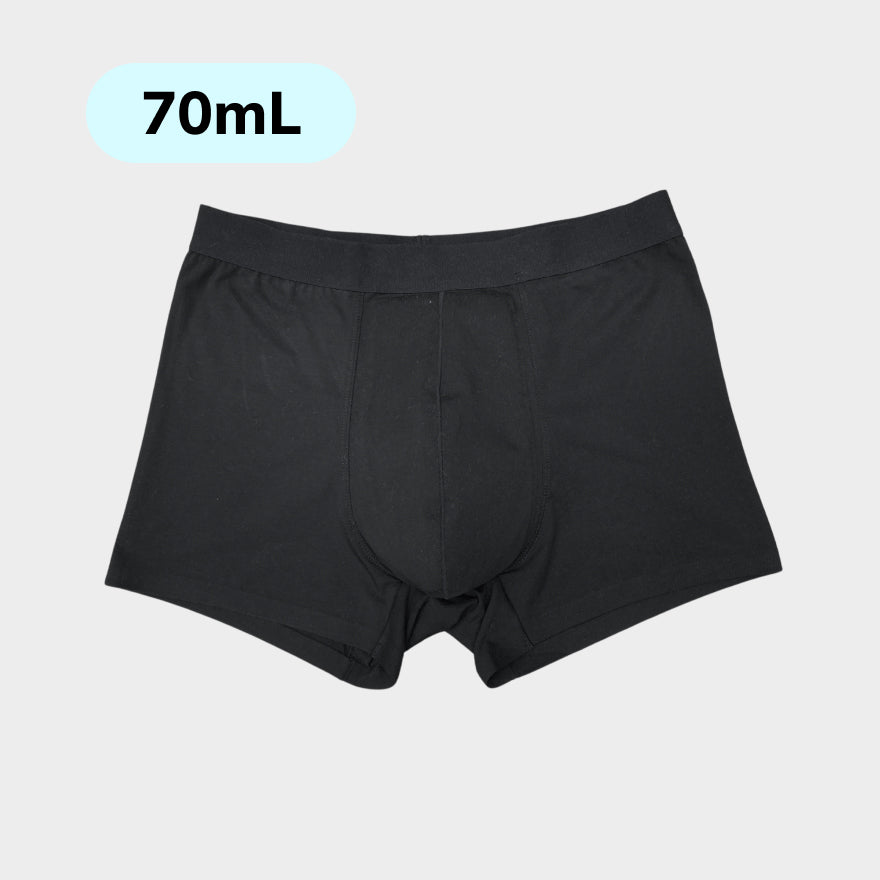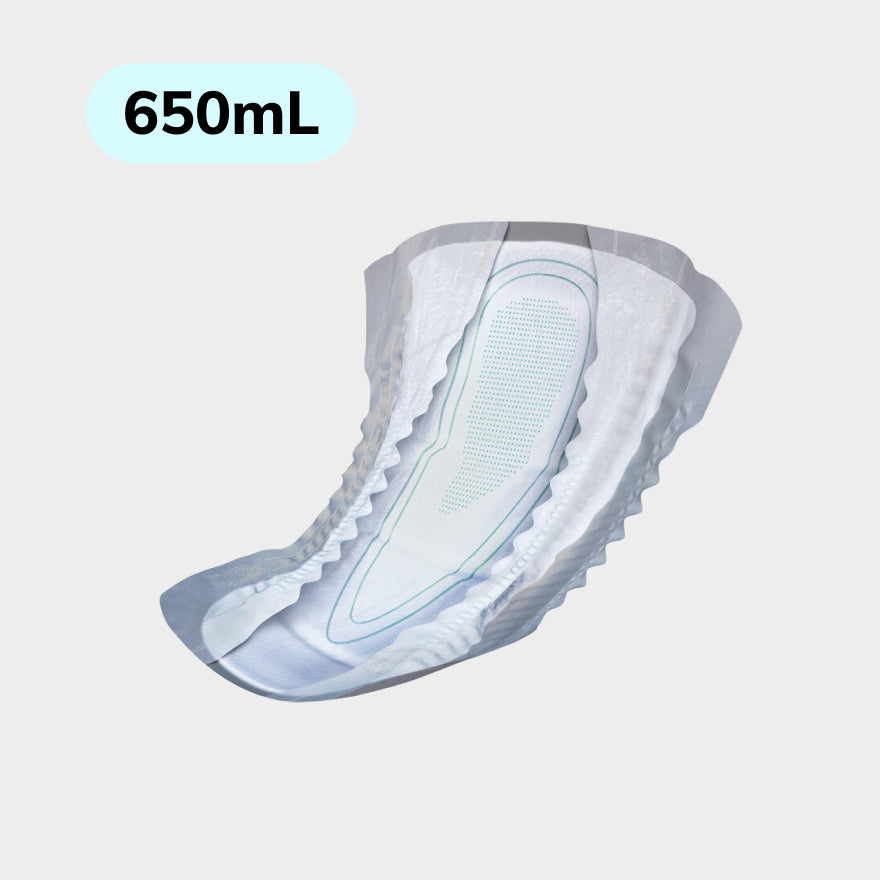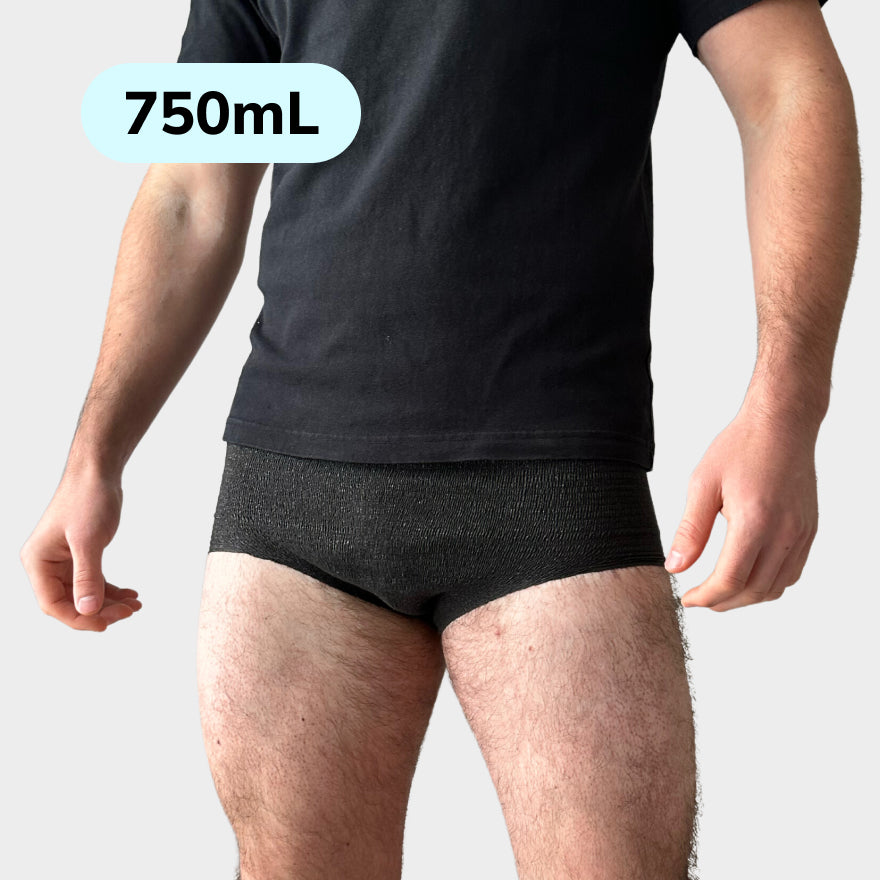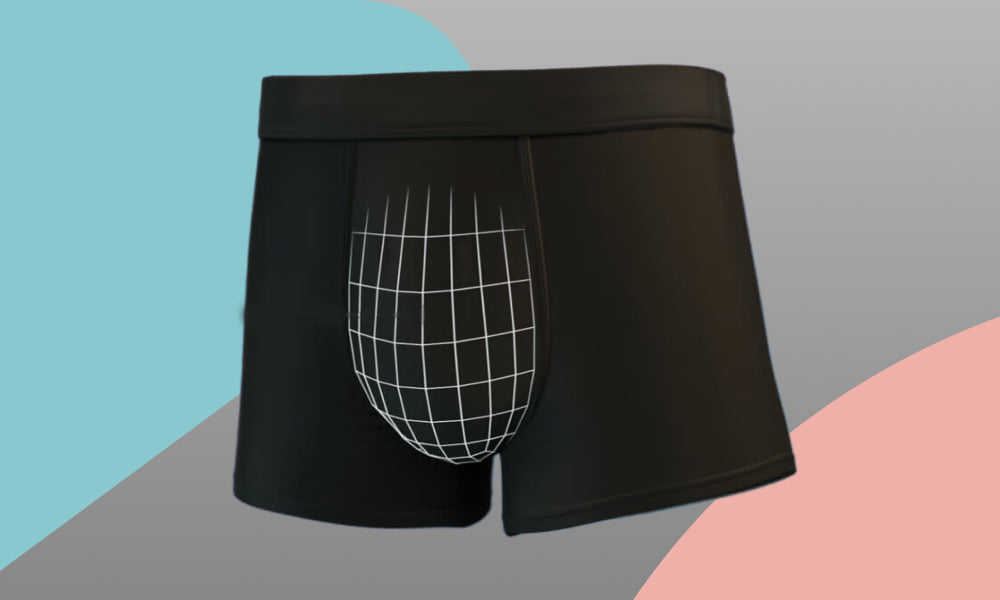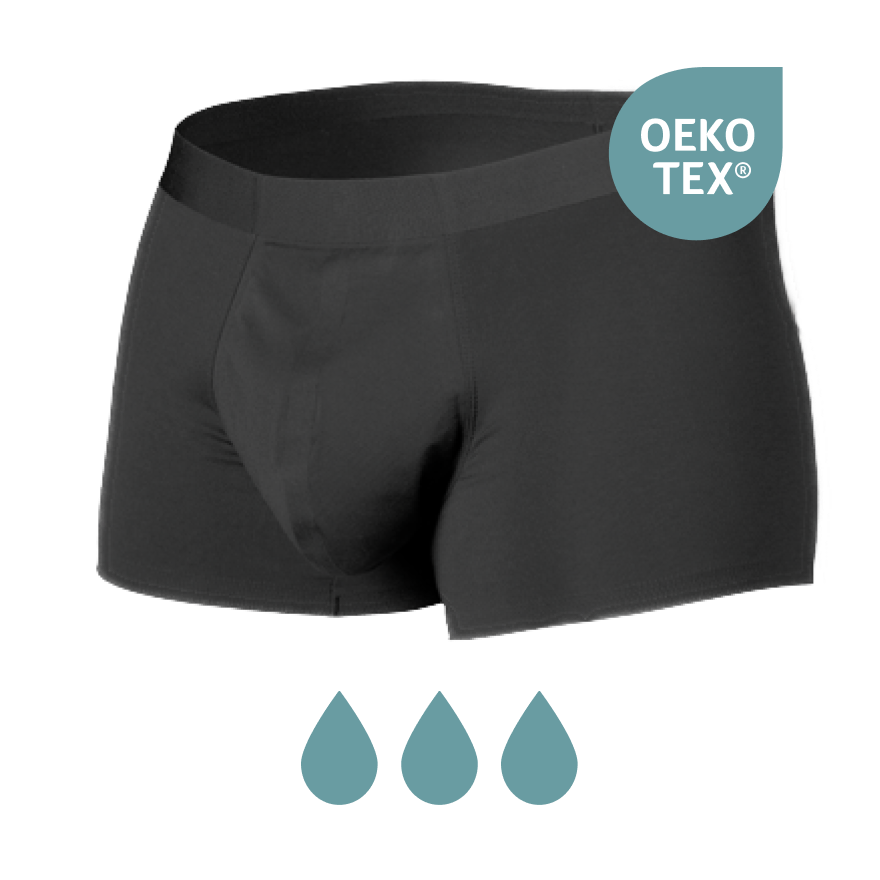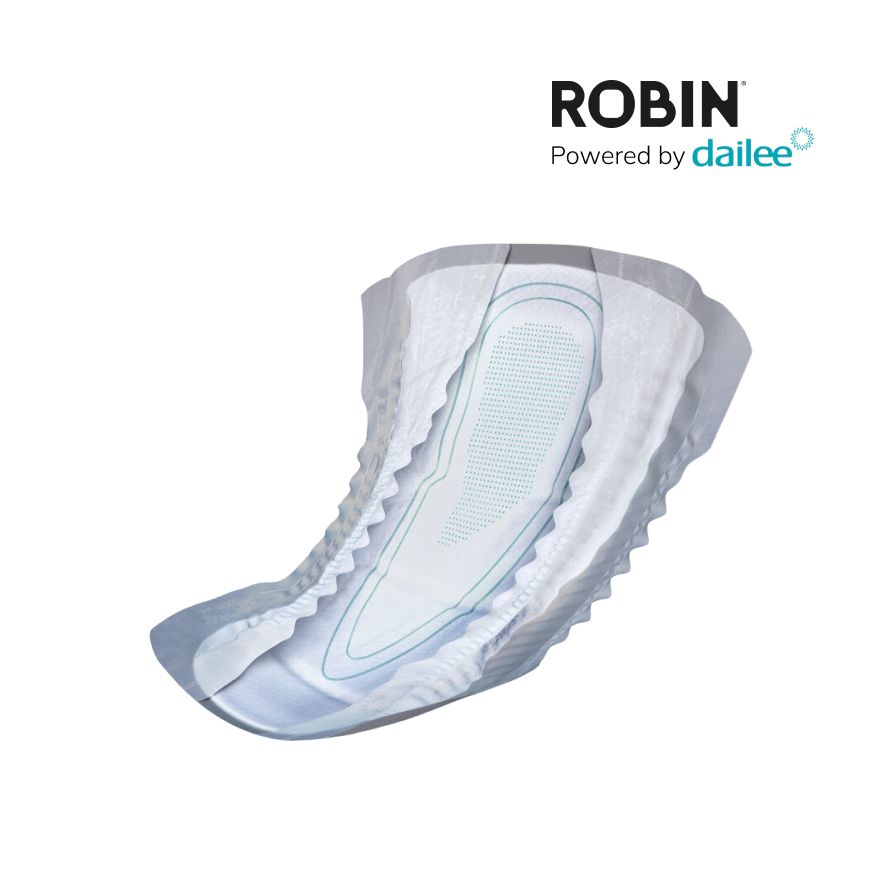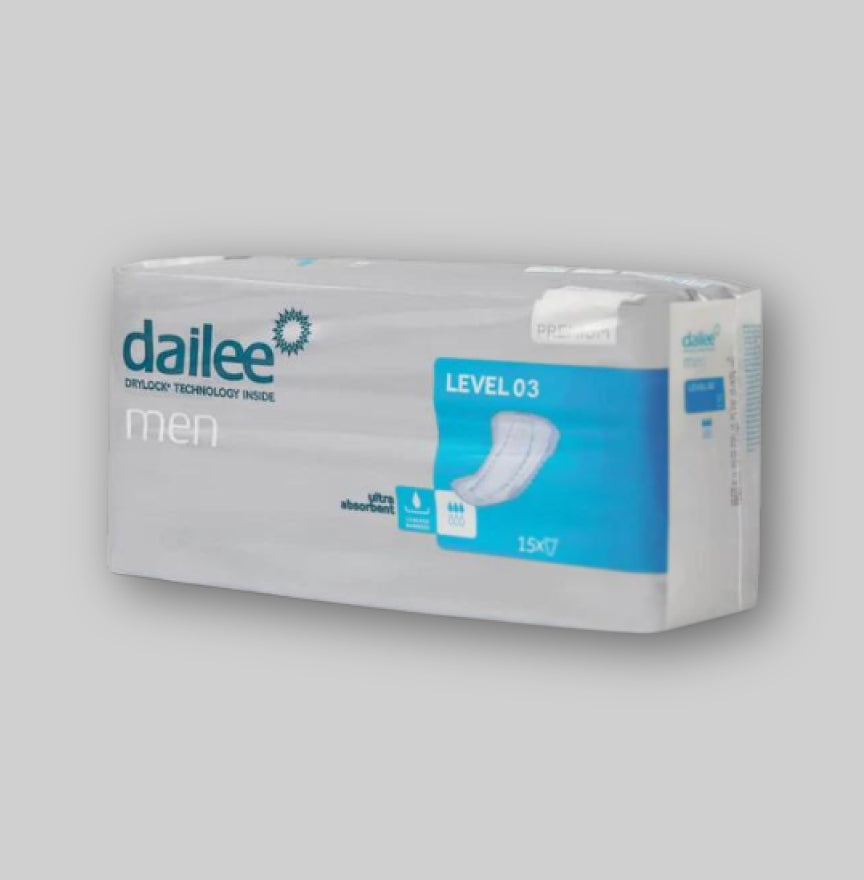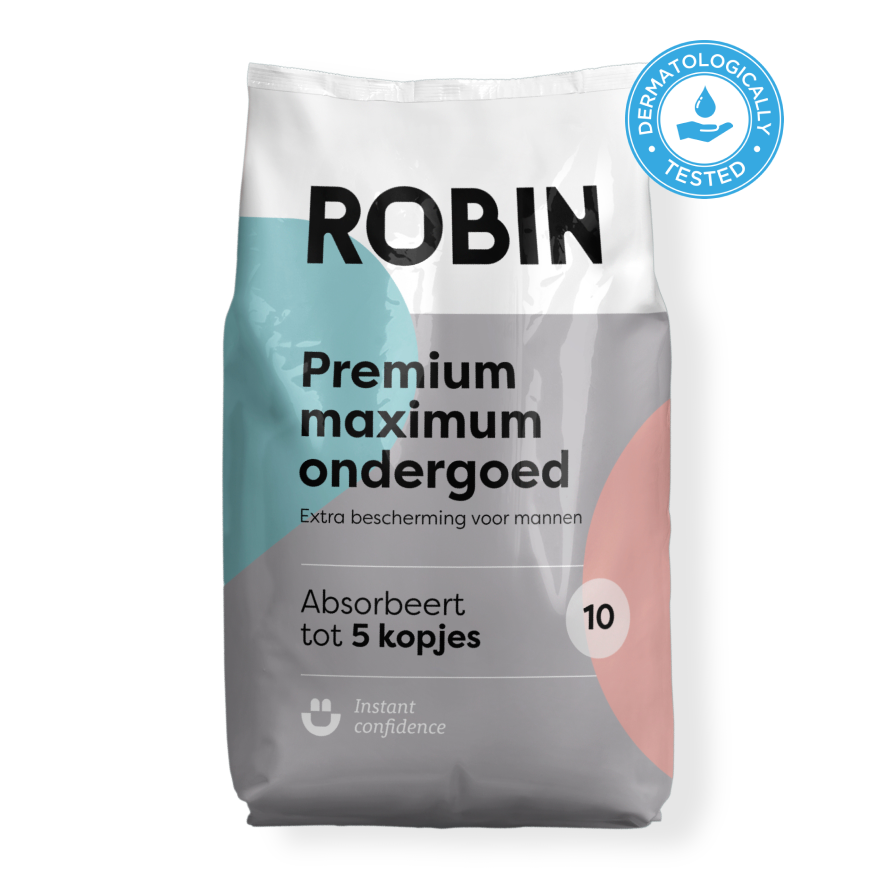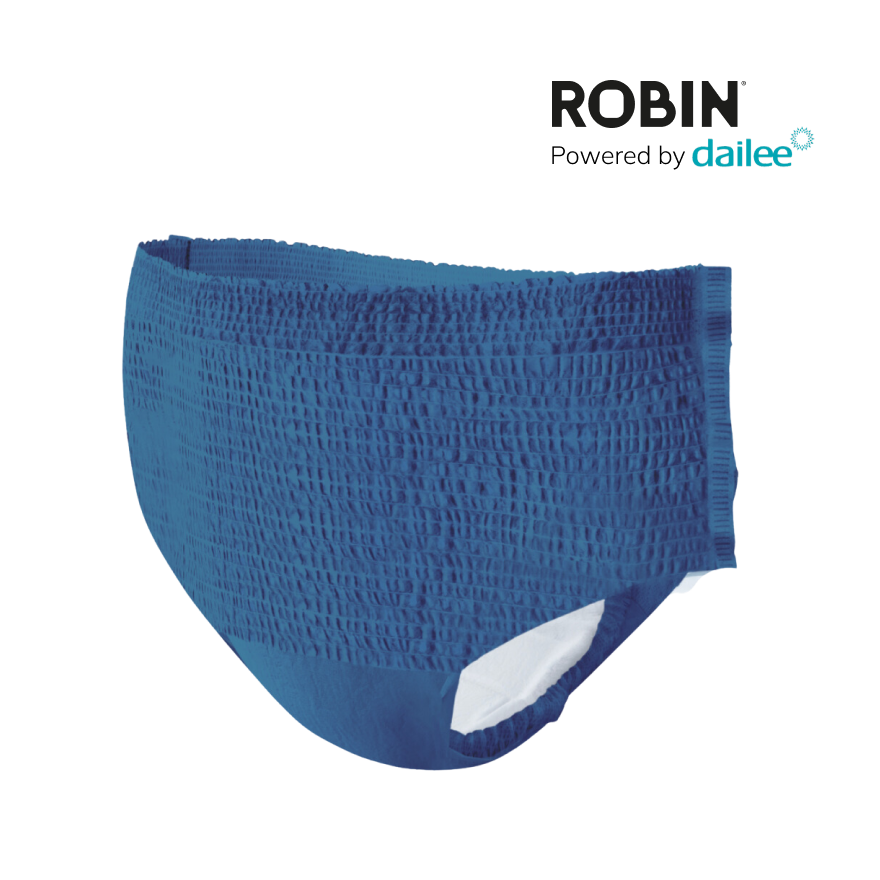Incontinence-associated dermatitis, also known as IAD, is a common skin condition that occurs in people who suffer from urine or fecal incontinence. This condition can cause serious discomfort and significantly reduce the quality of life of the affected persons. In this article we will elaborate on what incontinence-associated dermatitis is, how it is caused, and what measures can be taken to prevent and treat it.
What is incontinence-associated dermatitis?
Incontinence-associated dermatitis refers to an inflammation of the skin caused by prolonged exposure to urine or faeces. When the skin constantly comes into contact with moisture and irritating substances, this can lead to redness, irritation, and even wounds in the affected areas such as the buttocks, the perineum, and the thighs.
Causes of incontinence-associated dermatitis
The main cause of incontinence-associated dermatitis is long-term exposure to urine and faeces, which can lead to irritation and skin damage. Other factors that contribute to the risk of IAD include:
-
Friction: Friction between skin and absorbent materials, such as incontinence products, can further irritate the skin and contribute to the development of dermatitis.
-
Chemical irritation: The presence of urine and faeces on the skin can lead to chemical irritation and damage to the skin barrier, which increases the risk of IAD.
-
Micro-organisms: Bacteria and fungi thrive well in humid environments, which increases the risk of infection and worsening of dermatitis.
Prevention and handling of incontinence-associated dermatitis
Preventing and treating incontinence-associated dermatitis is essential for the preservation of healthy skin and reducing discomfort for the affected persons. Some preventive and treatment measures include:
-
Frequently change: Regularly changing incontinence products and cleaning the skin with mild, pH-balanced cleaning agents can help reduce exposure to urine and faeces and preventing IAD.
-
Protective barrier creams: Applying protective barrier creams to the affected areas can help protect the skin against moisture and irritating substances, and promote healing and recovery.
-
Provide good skin hygiene: Maintaining good skin hygiene, including regular cleaning and drying of the skin, can help prevent dermatitis and promote a healthy skin barrier.
-
Consult a healthcare provider: If incontinence-associated dermatitis occurs, it is important to consult a healthcare provider for a correct diagnosis and treatment. This can include the use of medicinal ointments, connections, or other treatment modalities to relieve the symptoms and to promote healing.
Conclusion
Incontinence-associated dermatitis is a common and often underrated complication of urine and fecal incontinence, which can cause serious discomfort and reduce the quality of life of affected persons. By taking preventive measures, such as regularly changing, using protective barrier creams, and maintaining good skin hygiene, people with incontinence-associated dermatitis can keep their skin healthy and reduce the risk of dermatitis.
